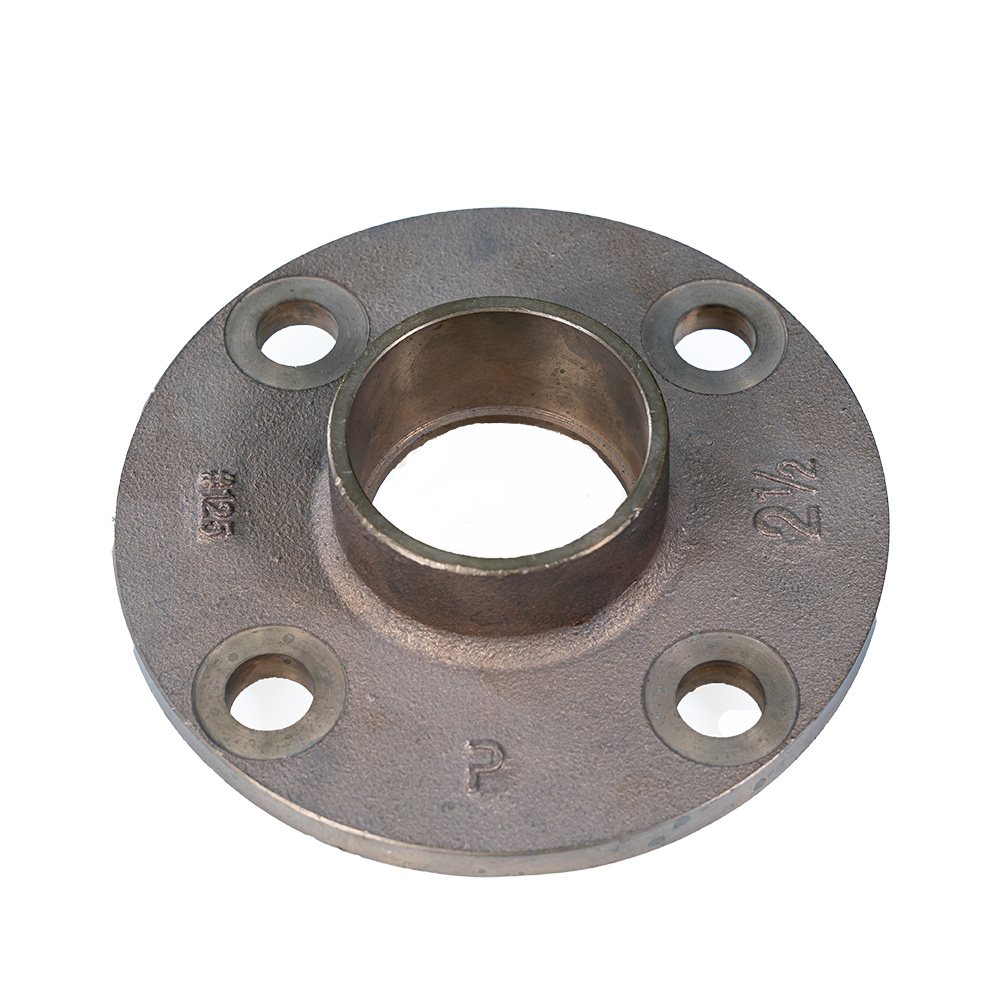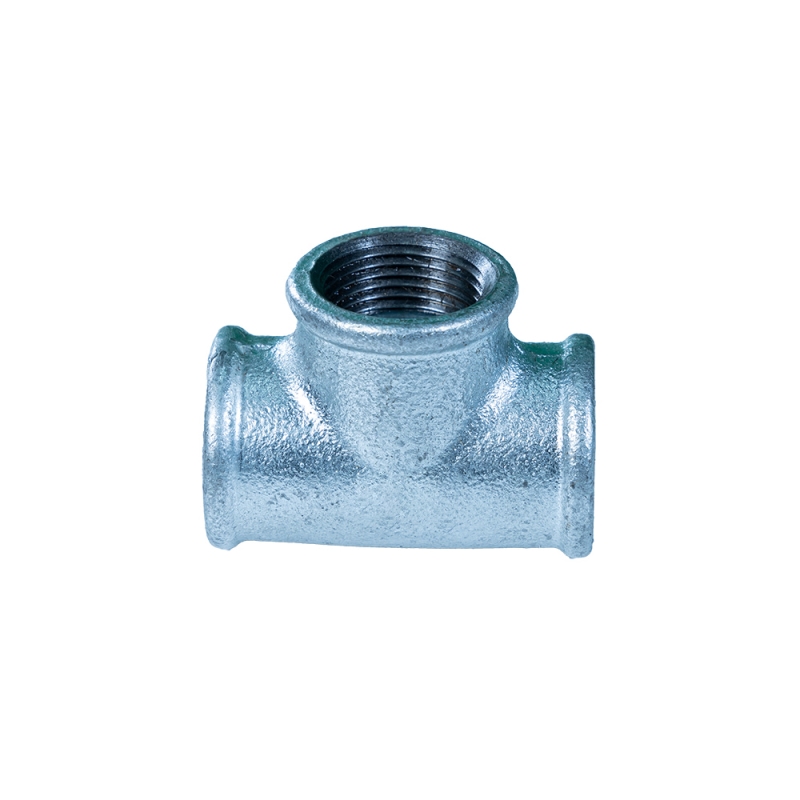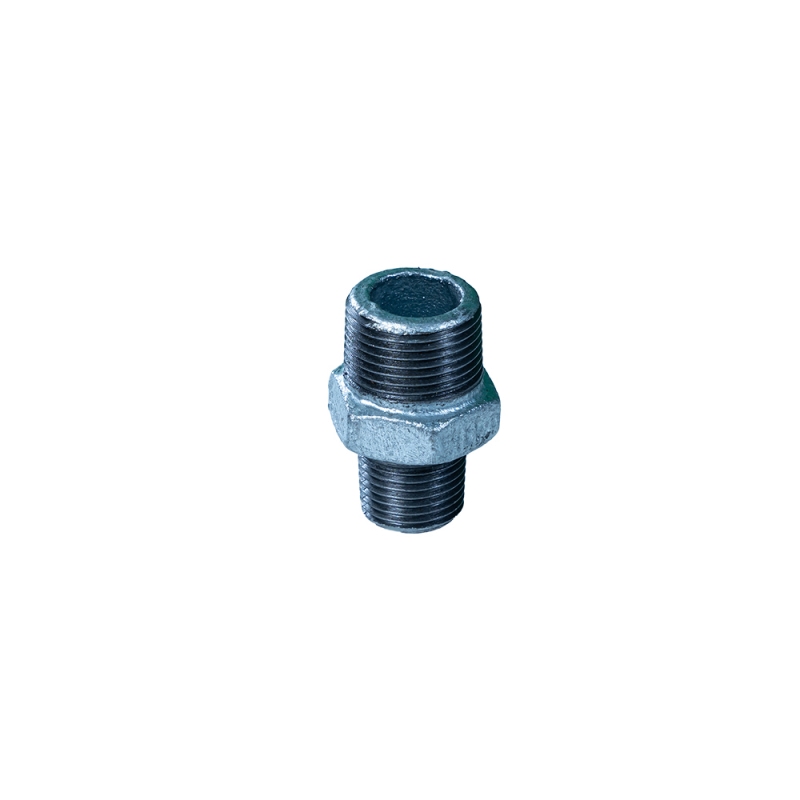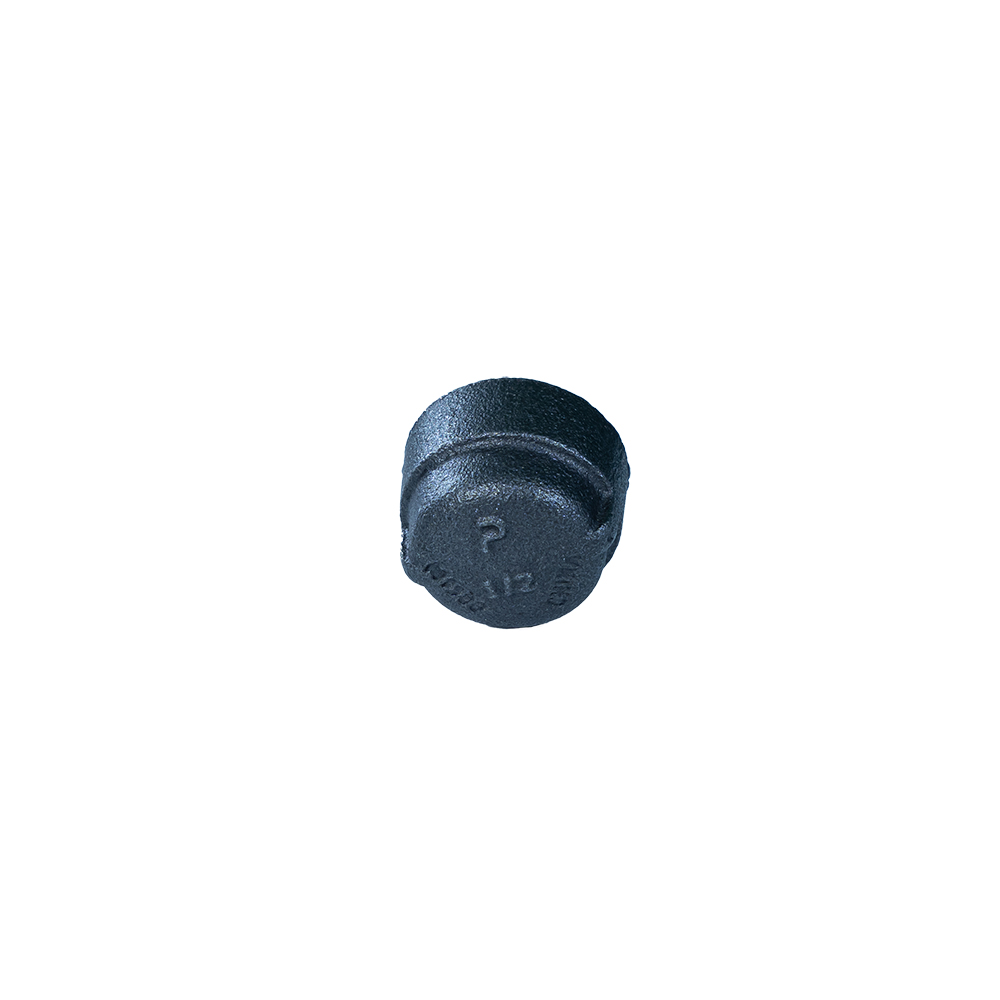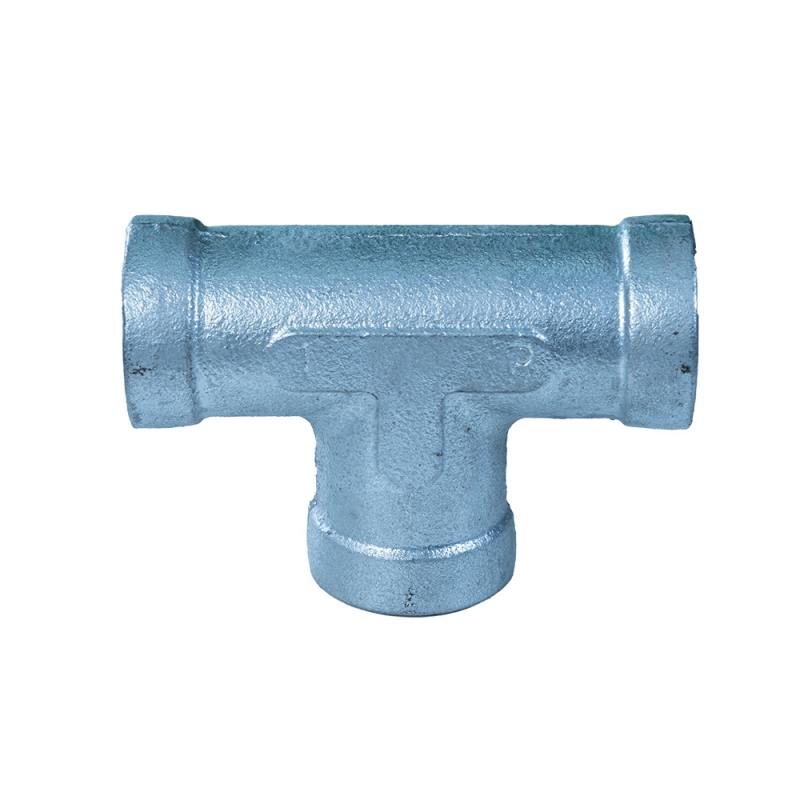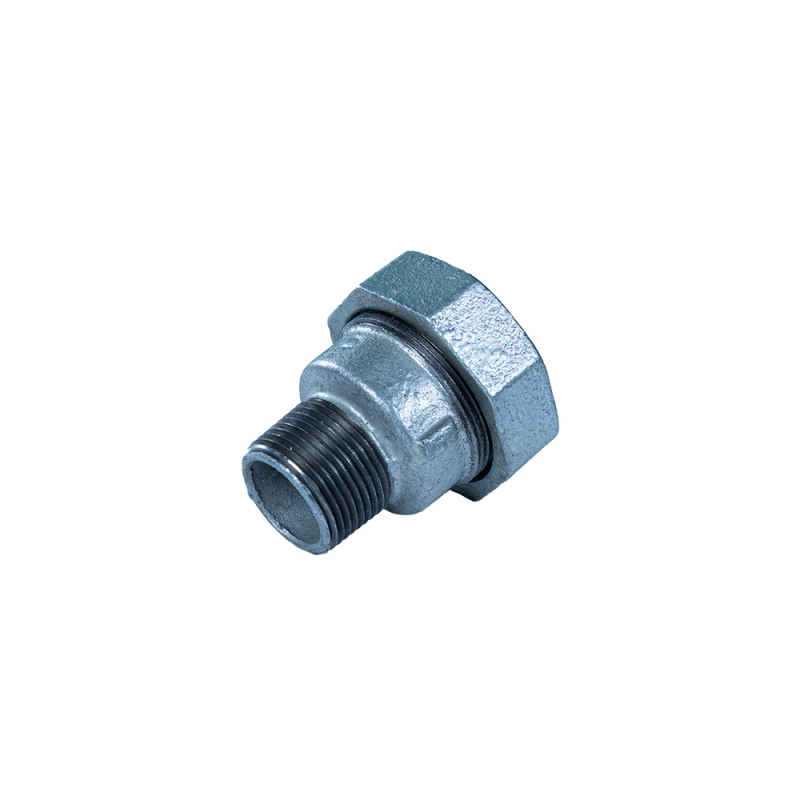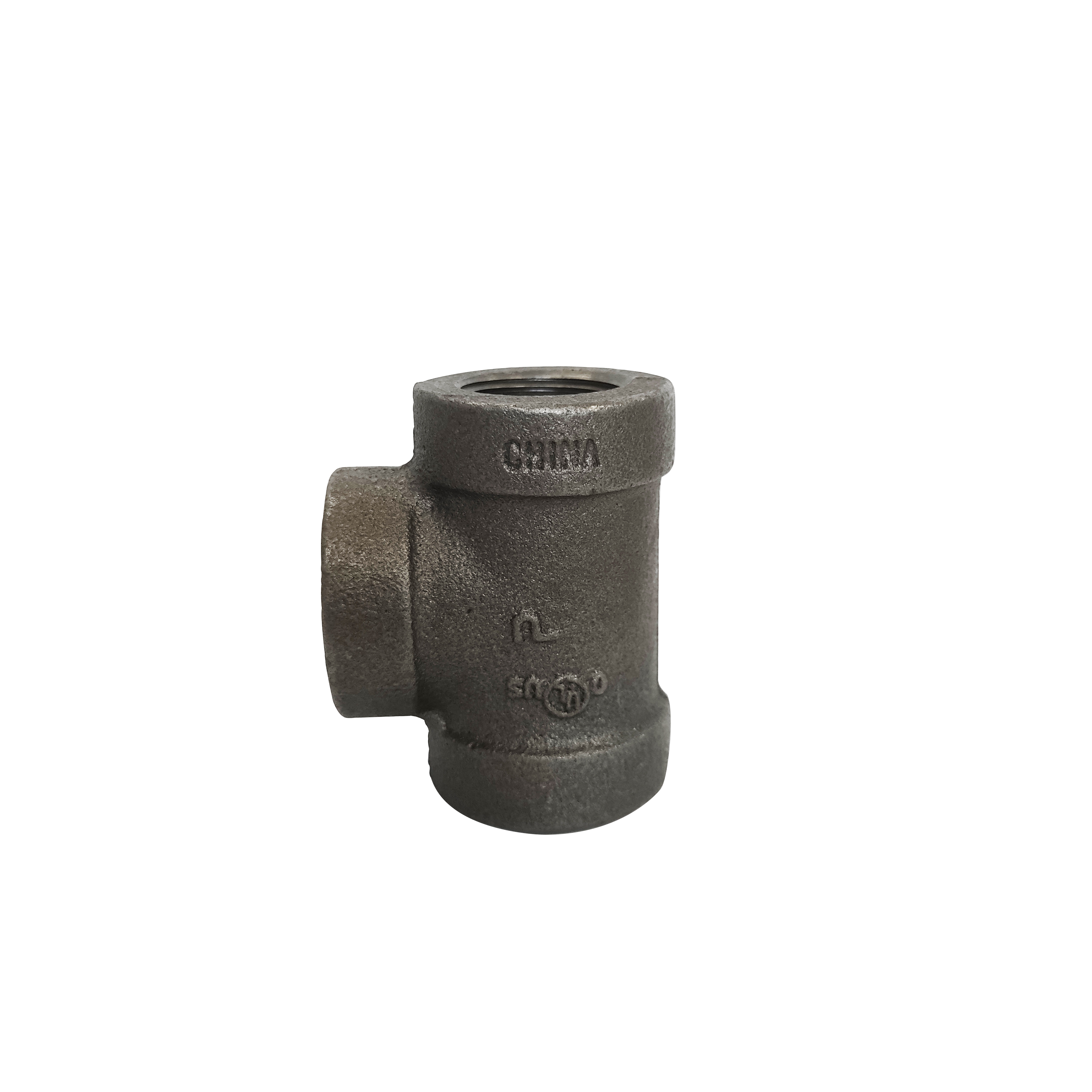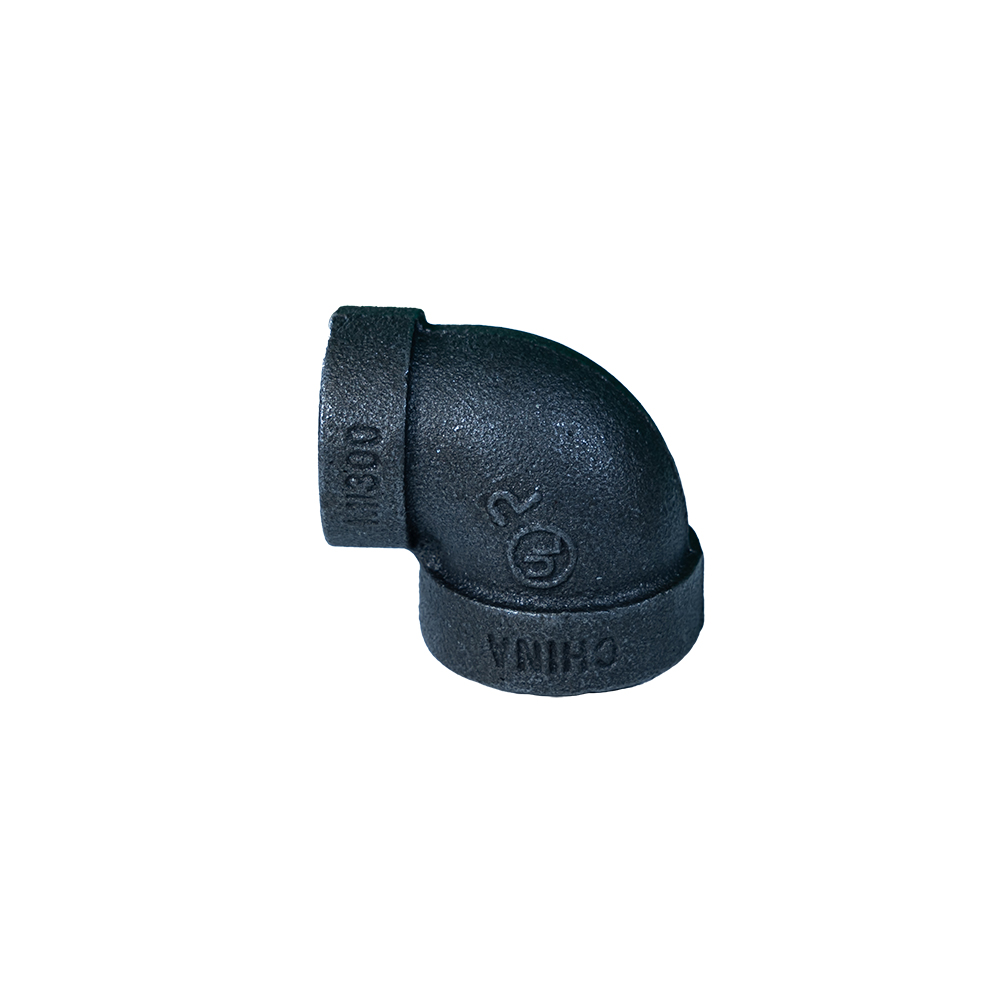Understanding Rohrverbindungsstücke der Klasse 300: A Comprehensive Guide
In high-performance industrial piping systems, the selection of appropriate components is paramount for ensuring operational integrity, safety, and longevity. Among these, Rohrverbindungsstücke der Klasse 300 stand out as a critical category, particularly for applications demanding robust pressure handling and material resilience. These fittings are engineered to meet stringent technical specifications, making them indispensable across a variety of demanding sectors, including petrochemical, metallurgy, and advanced water treatment facilities. This article delves into the intricacies of these vital components, exploring their manufacturing processes, technical advantages, application versatility, and the crucial factors for vendor selection and customization.
The "Class 300" designation typically refers to the pressure-temperature rating of the fitting, dictating its suitability for specific operating conditions. While this rating can vary slightly based on material and specific standard, it generally indicates a capacity for elevated working pressures and temperatures. For example, for malleable iron, a common material for these fittings, Class 300 often signifies a working steam pressure (WSP) of 300 psi and a cold working pressure (CWP) of 2000 psi, underscoring their robust construction. Understanding these foundational aspects is essential for engineers and procurement specialists seeking reliable and efficient piping solutions.
Industry Trends and Market Dynamics for High-Pressure Fittings
The market for high-pressure pipe fittings, including Rohrverbindungsstücke der Klasse 300, is experiencing dynamic growth driven by several key global trends. Increased investment in infrastructure development, particularly in emerging economies, is fueling demand across water supply, sewage, and industrial utility projects. Furthermore, the expansion of the oil and gas sector, coupled with the modernization of existing chemical and petrochemical plants, necessitates fittings capable of enduring extreme conditions and ensuring leak-free performance. There's a growing emphasis on sustainability, leading to demand for fittings with extended service life, reduced maintenance, and materials that are more environmentally friendly in their production and disposal.
- Digital Transformation: Adoption of advanced manufacturing techniques like predictive maintenance and IoT-enabled monitoring for piping systems is increasing.
- Material Innovation: Ongoing research into composite materials and specialized alloys for enhanced corrosion resistance and strength-to-weight ratios.
- Stringent Regulations: Evolving safety and environmental regulations compel manufacturers to meet higher standards for material traceability and performance.
- Customization Demand: A shift towards highly customized fitting solutions tailored to unique project requirements, including specialized coatings and non-standard geometries.
These trends underscore the importance of selecting not just any fitting, but those specifically engineered for reliability and compliance, such as robust 300 Tempergussbeschläge.
Detailed Manufacturing Process of Class 300 Pipe Fittings
The production of high-quality Tempergussbeschläge der Klasse 300 involves a multi-stage, meticulously controlled process designed to achieve superior mechanical properties and dimensional accuracy. The primary material for these fittings is typically white cast iron, which is then heat-treated to transform its microstructure into malleable iron, characterized by its ductility and impact resistance.
Process Flow Overview:
- Raw Material Preparation: High-grade pig iron, steel scrap, and alloying elements are precisely weighed and melted in induction or cupola furnaces. Quality control begins here with spectrometer analysis to ensure correct chemical composition for subsequent malleabilization.
- Casting: The molten metal is poured into sand molds or shell molds, depending on the desired precision and surface finish. For complex geometries typical of fittings, automated molding lines ensure consistency. After solidification, castings are removed and cleaned to remove sand and risers.
- Heat Treatment (Malleabilization): This is the defining step for malleable iron. White cast iron castings are subjected to a specific annealing cycle (often at temperatures around 900-970°C, followed by controlled cooling). This process converts the brittle cementite into temper carbon (nodular graphite), embedded in a ferrite or pearlitic matrix, significantly enhancing the material's ductility and toughness.
- CNC Machining: Post-malleabilization, fittings undergo precision CNC machining. This includes drilling, facing, and most critically, threading. Threads are cut to specific standards (e.g., NPT, BSPT, NPSM) ensuring perfect sealing and fit. Modern multi-axis CNC machines ensure tight tolerances and repeatable accuracy.
- Surface Treatment: Depending on application requirements, fittings may receive galvanization (hot-dip or electro-galvanization for enhanced corrosion resistance), painting, or other protective coatings.
- Testing and Quality Control: Each batch undergoes rigorous testing. This includes hydrostatic pressure testing to verify the Druckstufe für Rohrverbindungen der Klasse 300, air testing for leak integrity, dimensional checks, thread gauging, material composition analysis (e.g., using XRF), and mechanical property tests (tensile strength, elongation). Fittings must conform to international standards such as ANSI B16.3 (for malleable iron threaded fittings), ISO 49, and ASTM A197.
- Final Inspection and Packaging: Visual inspection for surface defects and final verification of markings before packaging for dispatch.
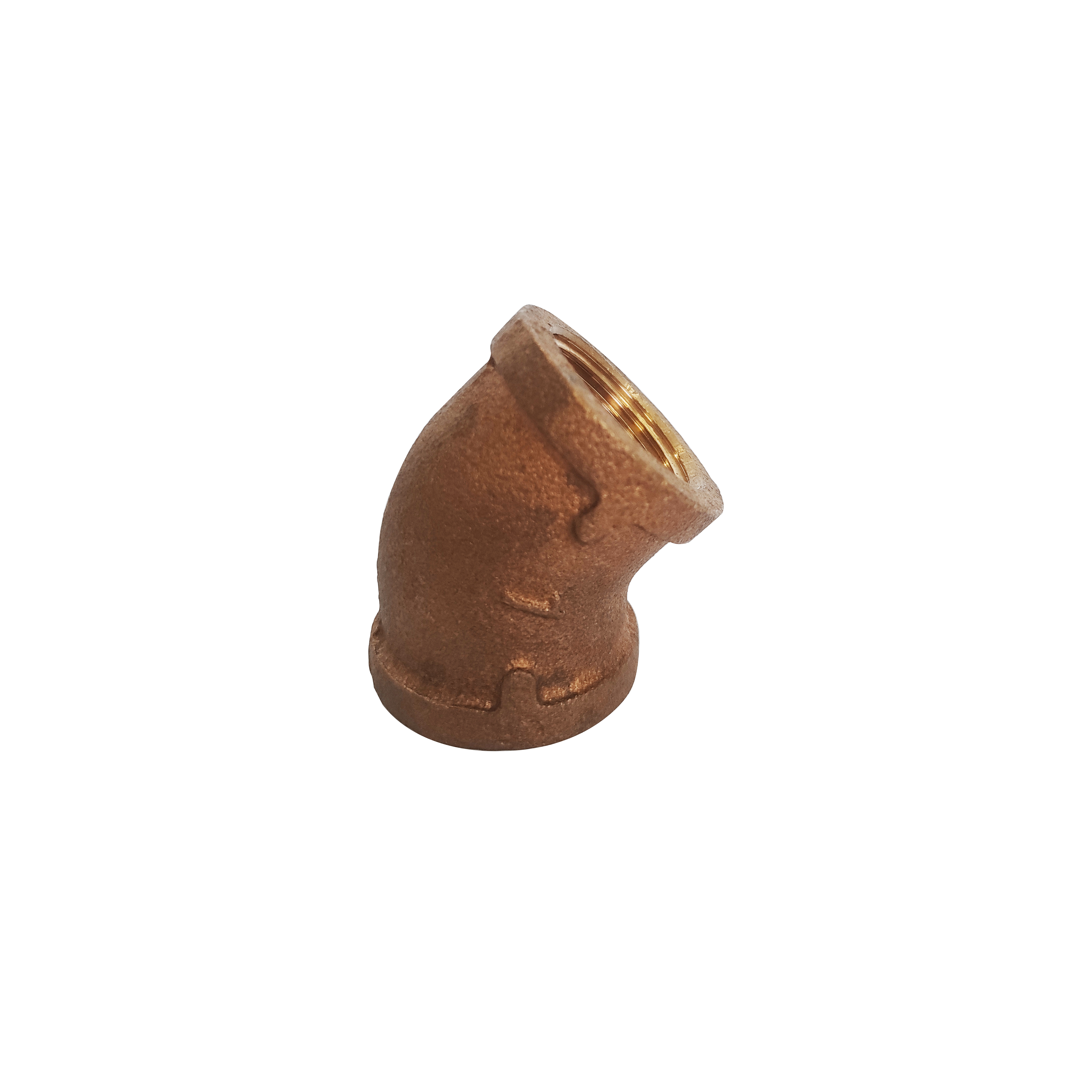
Image: Precision casting operations ensuring foundational quality for high-pressure fittings.
Advantages in Application Scenarios:
- Corrosion Resistance: Especially with galvanized finishes, these fittings offer superior protection against rust and chemical degradation, extending service life in harsh environments.
- Energy Saving: Properly specified and installed, the robust nature and precise threading of Tempergussbeschläge der Klasse 300 minimize leaks, preventing energy losses in fluid transfer systems.
- Durability: The malleabilization process imparts excellent toughness and resistance to thermal shock, making them ideal for systems with varying temperature loads.
- Long Service Life: Designed and tested to rigorous standards, these fittings provide reliable performance for decades, reducing the total cost of ownership.
Technical Specifications and Performance Parameters
The selection of Rohrverbindungsstücke der Klasse 300 is heavily reliant on understanding their precise technical specifications. These parameters define the fitting's material composition, dimensional tolerances, pressure-temperature ratings, and applicable standards. Malleable iron fittings conforming to Class 300 are typically manufactured in accordance with ASME B16.3 and ISO 49, ensuring interchangeability and reliable performance across different systems.
Key Specifications for Class 300 Malleable Iron Fittings:
These specifications ensure that Tempergussbeschläge der Klasse 300 can withstand the demands of industrial applications, providing both mechanical strength and chemical resistance where needed. The precision in threading is particularly crucial for maintaining system integrity and preventing costly leaks, which is often validated through rigorous thread gauging and air pressure tests.
Application Scenarios and Industry Use
The robust design and high-pressure ratings of Rohrverbindungsstücke der Klasse 300 make them suitable for a wide array of demanding industrial and commercial applications. Their versatility stems from their material properties, which allow for reliable performance in systems transporting various fluids and gases under elevated pressure and temperature conditions.
- Petrochemical and Chemical Processing: Used in refineries, chemical plants, and upstream oil & gas facilities for conveying hydrocarbons, solvents, and other aggressive chemicals, where leak integrity and corrosion resistance are critical.
- Power Generation: Employed in steam lines, condensate return systems, and auxiliary piping in thermal power plants and co-generation facilities, handling high-pressure steam and hot water.
- Water Treatment and Distribution: Integral to municipal water supply networks, industrial water treatment plants, and high-pressure irrigation systems, ensuring robust and long-lasting connections.
- HVAC and Refrigeration: Utilized in commercial and industrial heating, ventilation, air conditioning, and refrigeration systems, particularly for chiller lines and high-pressure coolant circulation.
- Fire Protection Systems: Galvanized Rohrverbindungsstücke der Klasse 300 are commonly specified in fire sprinkler and standpipe systems due to their durability and ability to withstand high static and surge pressures.
- General Industrial Utilities: Applicable across various manufacturing sectors for compressed air, inert gas, and hydraulic fluid lines, where dependable and leak-proof connections are essential for operational efficiency and safety.
The robust nature of these fittings ensures minimal downtime and reduced maintenance costs over their extensive service life, proving their value in long-term industrial investments.
Technical Advantages and Performance Benefits
The inherent properties and meticulous manufacturing of Rohrverbindungsstücke der Klasse 300 confer several distinct technical advantages, making them a preferred choice for critical applications.
- Superior Pressure Handling: Engineered to safely manage working pressures up to 2000 psi (CWP) and 300 psi (WSP), these fittings significantly reduce the risk of system failure under stress.
- Enhanced Durability and Impact Resistance: The malleabilization process transforms brittle white cast iron into a ductile material capable of absorbing shocks and vibrations common in industrial settings, extending operational lifespan.
- Excellent Corrosion Resistance: Especially with hot-dip galvanized finishes, these fittings provide robust protection against rust, galvanic corrosion, and chemical attack, crucial for outdoor installations and corrosive fluid transport.
- Thermal Stability: Capable of performing reliably across a wide temperature range, from sub-zero conditions to elevated steam temperatures, without compromising structural integrity.
- Precision Threading for Leak-Proof Connections: Adherence to strict threading standards (e.g., NPT, BSPT) ensures a tight, secure fit that prevents leaks, a critical factor for safety and efficiency in high-pressure systems.
- Cost-Effectiveness Over Lifecycle: While initial investment might be higher than lower-class alternatives, their extended service life, minimal maintenance requirements, and reliable performance result in a lower total cost of ownership over the project lifecycle.
- Wide Availability and Interchangeability: Manufactured to universally accepted standards, these fittings are widely available and can be seamlessly integrated into existing systems or new constructions, simplifying procurement and installation.
Vendor Comparison and Selection Criteria
Choosing the right vendor for Rohrverbindungsstücke der Klasse 300 is as crucial as selecting the fittings themselves. A reliable supplier not only provides quality products but also offers comprehensive support, customization, and adherence to international standards. When evaluating potential vendors, consider the following:
Key Vendor Comparison Factors:
Prioritizing vendors with a demonstrated commitment to quality assurance, engineering excellence, and customer-centric service is paramount for successful project execution and long-term system reliability.
Customized Solutions for Unique Project Requirements
While standard Rohrverbindungsstücke der Klasse 300 cover a broad spectrum of industrial needs, many complex projects demand tailored solutions. Leading manufacturers understand this necessity and offer extensive customization options to meet precise operational parameters, unique system configurations, and specific material requirements.
- Special Materials and Alloys: Beyond standard malleable iron, customization can involve fittings in cast bronze (as exemplified by the 45 Degree Elbow Cast Bronze Threaded Fitting), stainless steel, or other alloys for enhanced corrosion resistance to specific chemicals or higher temperature capabilities.
- Non-Standard Dimensions and Geometries: Projects often require fittings with unique angles, reduced or enlarged dimensions, or specific offsets that are not available off-the-shelf. Advanced CAD/CAM and casting techniques enable the production of such specialized components.
- Specialized Coatings and Linings: For extremely corrosive or abrasive applications, custom internal linings (e.g., epoxy, rubber) or external coatings (e.g., specialized paints, polymer coatings) can be applied to significantly extend service life.
- Unique Threading or Connection Types: While NPT and BSPT are standard, some systems may require proprietary threading, flanged connections on threaded fittings, or other specialized interfaces for seamless integration.
- Integrated Sensors and Monitoring Ports: For smart piping systems, fittings can be customized with ports for pressure transducers, temperature sensors, or flow meters, facilitating real-time data acquisition and predictive maintenance.
Engaging with a manufacturer capable of such bespoke solutions ensures that every component of a complex piping system is perfectly optimized for performance, safety, and operational efficiency, regardless of how unique the demands.
Application Case Studies and Customer Success
Real-world applications demonstrate the unparalleled reliability and performance of Rohrverbindungsstücke der Klasse 300 in challenging industrial environments. Our partnerships with industry leaders underscore our commitment to delivering components that exceed expectations.
Case Study 1: Large-Scale Petrochemical Plant Expansion
- Challenge: A major petrochemical client required high-pressure fittings for critical steam and condensate lines in a new cracking unit. The environment involved high temperatures (up to 400°F) and pressures (up to 280 psi), demanding exceptional long-term integrity and corrosion resistance.
- Solution: We supplied thousands of hot-dip galvanized Tempergussbeschläge der Klasse 300, including elbows, tees, and couplings, manufactured to ASME B16.3 and ASTM A197 standards. Each fitting underwent hydrostatic testing at 300 psi WSP equivalent and rigorous dimensional checks.
- Outcome: The project was completed on schedule, and after five years of continuous operation, the client reported zero failures or leaks attributable to the fittings. The galvanized finish provided superior protection against the corrosive atmospheric conditions, significantly extending maintenance cycles. The client praised the robust performance and durability, leading to a long-term supply agreement.
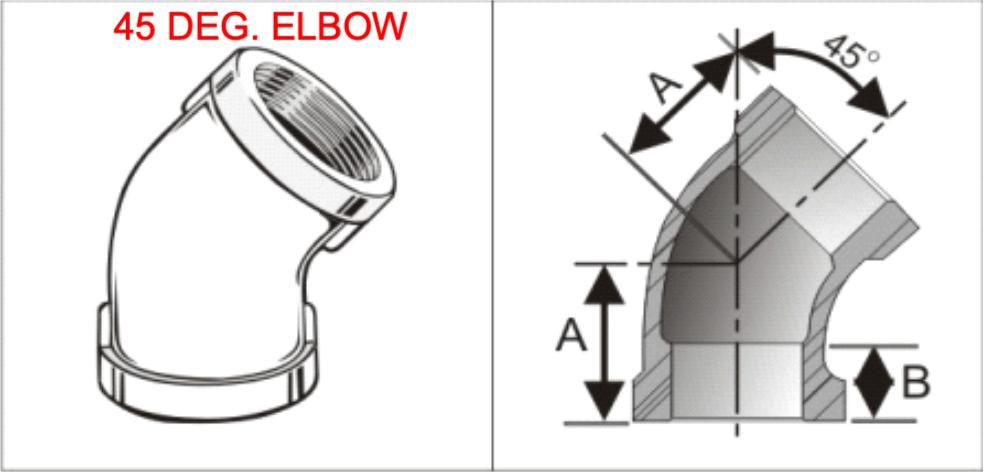
Image: Advanced manufacturing facility showcasing rigorous quality control for pipe fittings.
Case Study 2: Municipal Water Pumping Station Upgrade
- Challenge: An aging municipal water pumping station required an upgrade to its high-pressure distribution lines. The project necessitated fittings capable of handling constant cold working pressure up to 1800 psi with potential surge pressures, as well as resisting soil corrosion for underground sections.
- Solution: We provided a range of specialized Tempergussbeschläge der Klasse 300, including custom-length nipples and reducers, all hot-dip galvanized and further coated with an external epoxy layer for enhanced subterranean protection. Each fitting was pressure tested to 2000 psi CWP.
- Outcome: The upgraded pumping station has been in continuous operation for over ten years without any reported fitting failures. The dual-layer corrosion protection proved highly effective against aggressive soil conditions. The municipality highlighted the ease of installation due to precision threading and the exceptional longevity of the fittings, resulting in significantly reduced operational costs.
These cases exemplify the trust placed in our fittings by industry leaders who prioritize reliability, safety, and long-term value.
Frequently Asked Questions (FAQ)
Q: What does 'Class 300' signify for pipe fittings?
A: 'Class 300' refers to the pressure-temperature rating of the fitting, indicating its maximum allowable working pressure at various temperatures. For malleable iron, it typically means 300 psi Working Steam Pressure (WSP) at 450°F and 2000 psi Cold Working Pressure (CWP) at -20°F to 150°F, as per ASME B16.3.
Q: Are Rohrverbindungsstücke der Klasse 300 suitable for corrosive environments?
A: Yes, especially if they are hot-dip galvanized. The galvanization process provides a sacrificial zinc coating that significantly enhances corrosion resistance, making them ideal for outdoor installations, fire protection systems, and certain chemical applications.
Q: What testing standards do your Tempergussbeschläge der Klasse 300 adhere to?
A: Our fittings comply with major international standards including ASME B16.3 (malleable iron threaded fittings), ASTM A197 (malleable iron material), ISO 49, and ISO 7-1 (pipe threads). They also meet UL and FM requirements for fire protection applications.
Q: Can you provide customized Rohrverbindungsstücke der Klasse 300?
A: Absolutely. We offer extensive customization capabilities, including special materials (e.g., bronze), non-standard dimensions, unique coatings, and specific threading types to meet highly specialized project requirements. Contact our engineering team to discuss your specific needs.
Lead Time, Warranty, and Customer Support
We are committed to providing not just high-quality Rohrverbindungsstücke der Klasse 300 but also comprehensive support throughout your project lifecycle.
- Lead Time & Fulfillment: Standard items are typically fulfilled within 2-4 weeks, depending on order volume and specific requirements. For customized or large-scale orders, a detailed production schedule will be provided upon consultation. We maintain significant inventory to expedite common requests and utilize efficient logistics partners for global delivery.
- Warranty Commitments: All our fittings come with a comprehensive 5-year warranty against manufacturing defects and material failures under normal operating conditions, reflecting our confidence in product quality and durability. Detailed warranty terms are available upon request.
- Customer Support: Our dedicated customer service and technical support teams are available to assist with product selection, technical queries, installation guidance, and any post-sales support. We offer multi-channel support via phone, email, and live chat, ensuring prompt and expert assistance.
Our goal is to forge lasting partnerships by ensuring you receive superior products backed by exceptional service and support.
References
- ASME B16.3-2016, "Malleable Iron Threaded Fittings: Classes 150 and 300," American Society of Mechanical Engineers, New York.
- ASTM A197/A197M-2022, "Standard Specification for Cupola Malleable Iron," ASTM International, West Conshohocken, PA.
- ISO 7-1:1994, "Pipe threads where pressure-tight joints are made on the threads — Part 1: Dimensions, tolerances and designation," International Organization for Standardization, Geneva.
- Smith, J. A. (2021). "Advanced Materials for High-Pressure Piping Systems." Journal of Industrial Engineering and Materials, 45(2), 112-128.
- Wang, L., & Chen, H. (2020). "Corrosion Mitigation Strategies for Galvanized Iron in Industrial Applications." International Journal of Corrosion Science, 12(3), 201-215.
Post time: Aug.-31-2025
This is the first article


